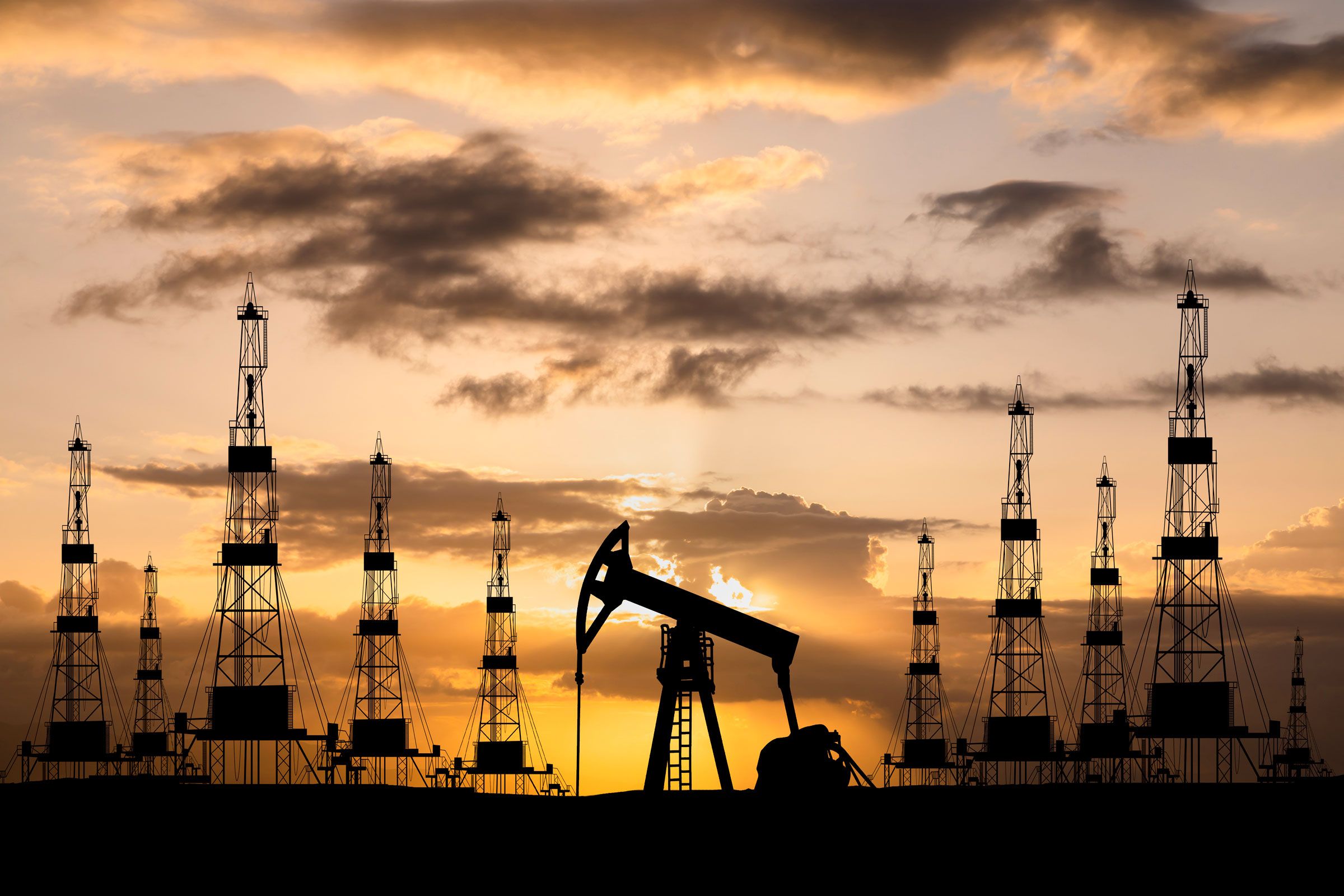Last week, the US Department of the Interior announced that it would speed up the approval process for certain fossil fuel projects, proclaiming that environmental analyses that previously would have taken years must now be taken down to, at maximum, a month. While the new procedures are seemingly a gift to the industry, this may actually be terrible news for pipeline developers, drillers, and miners.
“If I were a developer of any of these projects, I would look at this order and smack my forehead,” says Sam Sankar, a senior vice president at Earthjustice, the United States’ biggest environmental nonprofit law organization. “I don’t want my project to be authorized pursuant to these laughable procedures. It won’t hold up in court.”
The new procedures use President Donald Trump’s “national energy emergency,” proclaimed in an executive order in the first week of his presidency, to shorten timelines for federal reviews, including environmental reviews and reviews attached to cultural landmarks. Reviews that take into account a project’s impact on the environment are particularly truncated under this new policy. Processes that would normally take a year, the Department of the Interior says, must now be completed within just two weeks, while those reviews that might last longer than a year must now be done in under a month.
Experts say, however, that the new timelines are so short that they almost certainly run afoul of the bedrock laws involved: the National Environmental Policy Act, or NEPA, the Endangered Species Act, and the National Historic Preservation Act. Mass ongoing layoffs inside the federal government—including at Interior, where The Washington Post reported that a quarter of the agency’s staff may eventually be cut—means that there may soon be far too few staff to handle reviews that would be near impossible to fulfill even in normal circumstances. This leaves any projects that try to break ground under the new timelines open to very easy legal challenges—something that Sankar says is “low-hanging fruit” for people who are impacted by a project and who want to take a developer to court.
“The people who wrote NEPA and the Endangered Species Act meant for the public to be involved, meant for real expertise to be applied, and meant for these to be meaningful ways to protect the environment and biodiversity,” Sankar says. “To shorten these periods to where you can barely get a letter from point A to point B in that time means that they’re not trying to comply at all. The good news is that it’s all so manifestly illegal that virtually anything they do under these new legal procedures will be ripe for a legal challenge.”
These fast-forwarded processes are tied to a part of NEPA that states that agencies can bypass environmental reviews in case of an emergency. Ryan Hathaway, who worked on NEPA-related issues within Interior for more than a decade, says that this emergency justification has been used in the past for concrete events that pose an immediate threat to health and public safety, like wildfires or floods, with specific actions that needed to be taken—rather than a vague and open-ended energy “emergency.”
“Lawyers are going to have a field day with this,” says Hathaway, who now works as a director at Lawyers for Good Government, a legal nonprofit dedicated to progressive advocacy.
It’s clear these new rules are exclusively a gift to extractive industries like drilling and mining. Solar and wind projects—which the administration has repeatedly attacked, withdrawing leases for offshore wind and ordering a construction halt on projects already underway—are notably absent from the list of projects allowed to undergo accelerated timelines. But ironically, these orders are only contributing to an increasingly uncertain environment for fossil fuel producers under the new Trump administration.
Even before the chaos caused by Liberation Day, Big Oil faced a potential reckoning with the president it helped elect. While the shale oil boom of the early 2010s rewarded executives for increased production, that strategy led to too much supply, leading prices per barrel to drop during the first Trump administration. After prices bottomed out during the pandemic, investors became more careful about unrestrained production.
“It’s not government regulation that’s limiting the production growth rate in the United States. It’s Wall Street,” says Clayton Seigle, a senior fellow at the Center for Strategic and International Studies, a think tank based in Washington, DC.
The industry was given a boost in the early 2020s with the worldwide energy crisis caused by Russia’s invasion of Ukraine, but investors kept a cautious eye on prices. Despite President Joe Biden’s climate focus, the US oil and gas industry became the world’s biggest crude oil producer in 2023, and reached a record high of producing 13.4 million barrels per day late last year. The challenge under the Trump administration would become balancing profitability with the president’s goal of unleashing “energy dominance.” Trump, after all, has stated that he wants oil to drop to $50 a barrel—a price far too low to be profitable for the industry.
Each quarter, the Federal Reserve Bank of Dallas publishes a regional report on the state of the oil and gas industry in Texas, Louisiana, and New Mexico, which includes anonymous survey responses from executives. The vitriol towards the White House in these comments from the first survey of this year, published in late March, shocked analysts.
“The key word to describe 2025 so far is ‘uncertainty’ and as a public company, our investors hate uncertainty,” one anonymous executive said. “This uncertainty is being caused by the conflicting messages coming from the new administration. There cannot be ‘US energy dominance’ and $50 per barrel oil; those two statements are contradictory.”
“’Drill, baby, drill’ is nothing short of a myth and populist rallying cry,” another wrote.
Trump has continued to hand out questionable gifts to industry. On Thursday, Interior announced that it had changed some policies around offshore drilling in the Gulf of Mexico that could, according to the agency, increase production in the Gulf by up to 100,000 barrels a day. Meanwhile, Interior is also reportedly assembling a list of fossil fuel deposits on public lands that it plans to open up for production.
Like the accelerated timelines for environmental permitting, these gifts come with significant strings attached. While the Gulf order will help companies currently producing to up their productivity, they’re unlikely to lure new customers to the region: Offshore drilling is expensive, and four-fifths of the more than 2,000 active leases in the Gulf are sitting unused.
And while opening up public lands to drilling may sound like an industry wish-list item, companies faced with an uncertain American regulatory environment—from the looming threat of tariffs, to accelerated permitting timelines that could get projects held up in court, to promises made under a Republican administration that may be withdrawn the next time a Democrat is president—may not want to invest years and capital in starting up a project in a risky area.
“For more than a century, energy companies have looked at projects in part based on the host country’s political risk, but the United States wasn’t on that list,” Seigle says. “These days we see huge swings in political support for oil and gas, and the trend of reversing the prior administration’s approach. So energy companies and their investors are now thinking about the political risk of energy projects right here at home.”




